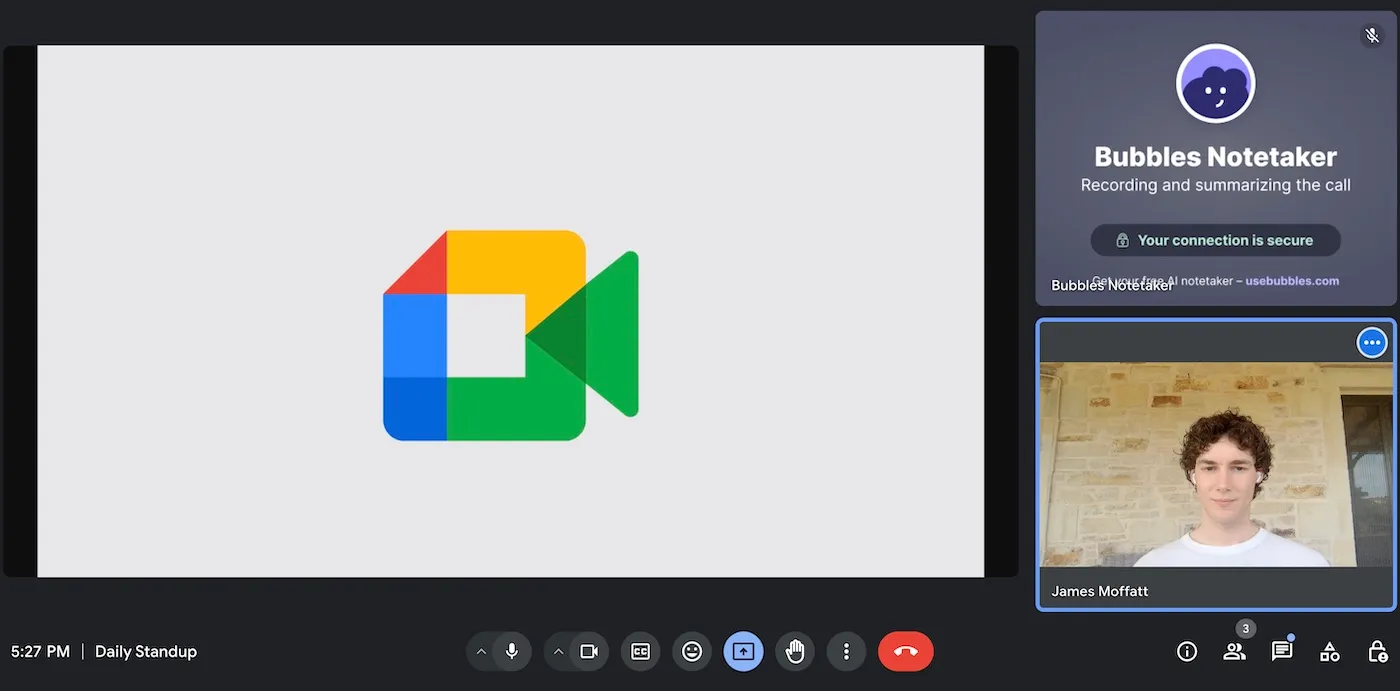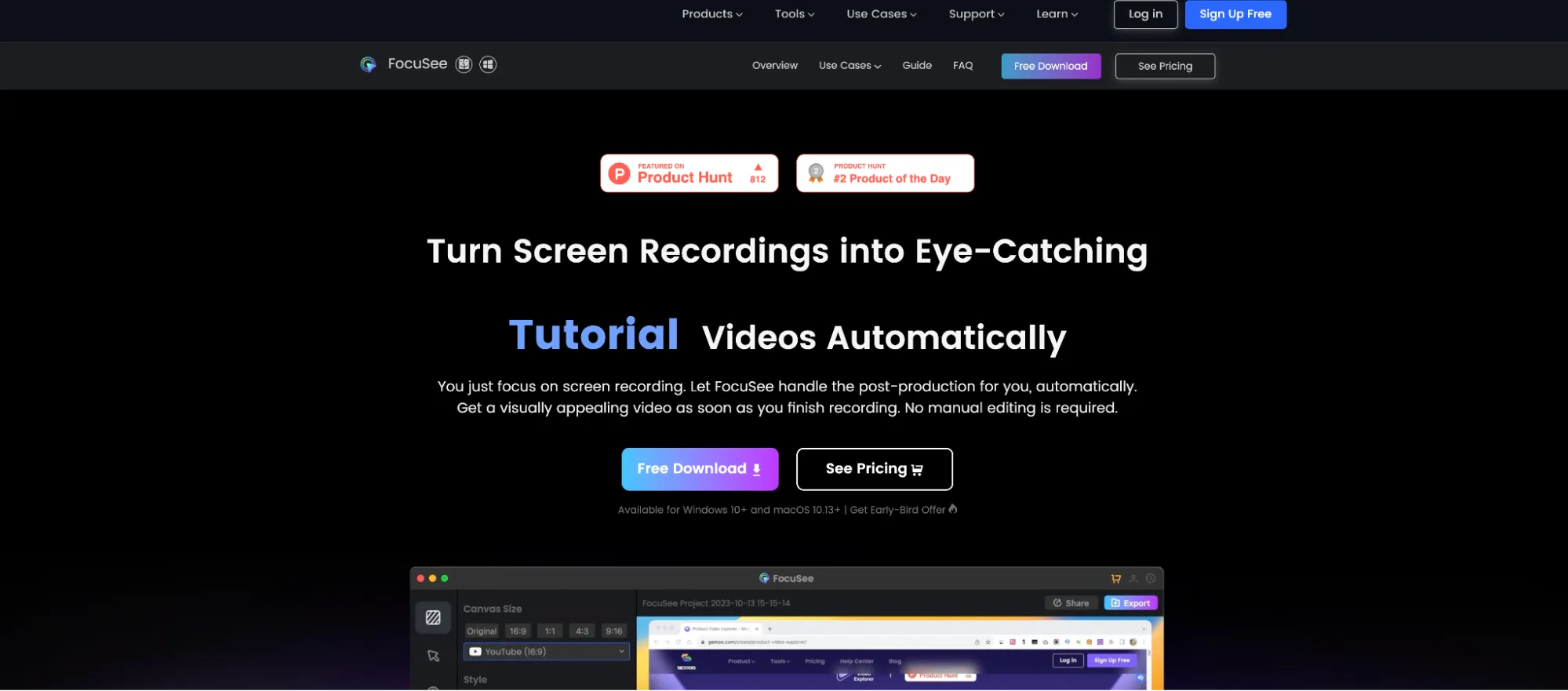
Bridging the Communication Gap: Examples of How Effective Feedback Fosters Understanding
Feeling like your feedback gets lost in translation? Discover engaging and effective ways to bridge the communication gap, both synchronously or asynchronously, with real-world examples showing how the right feedback can lead to better understanding and teamwork.
The dynamics of a productive workplace hinge significantly on the intricate interplay of feedback systems. Constructive feedback, positive feedback, and even negative feedback play an instrumental role in sculpting the foundation of employee engagement, uplifting morale, and refining company culture. This expansive guide delves deep into various effective feedback examples to clarify the importance of communication in the modern workplace. Feedback is crucial to all workplaces, and within any excelling team, constructive feedback is present as a part of company culture.
1. The Power of Positive Feedback
Example 1: In a team meeting, a manager, impressed by the dedication of a team member, exclaims, "Your meticulous approach towards the project ensured we met the tight deadline. Great job!" Such positive feedback examples not only uplift morale and confidence but also reinforce the value of good work, in turn likely increasing employee engagement and motivation amongst team members.
Example 2: During a casual break, a coworker comments, "Your communication skill, especially in making complex topics accessible to everyone, is truly commendable." Peer-to-peer positive feedback enhances the sense of camaraderie and fosters a cooperative company culture. Acknowledging outstanding workplace behaviour is no doubt a leadership skill, forming a sense of appreciation for good work. This type of feedback, especially when used amongst coworkers, will boost morale and undoubtedly increase performance.
Example 3: Feedback collected through eNPS reveals a statement from an employee: "The leadership skill exhibited by our department heads, particularly in goal setting and acknowledging our contributions, has been a driving force behind my engagement here." Providing positive feedback to more senior tier team members not only acts as a performance review, but can improve company culture by boosting the collaborative atmosphere.
Make your
meetings matter
Loved and trusted by 100,000+ users:
- Automatically Record and Transcribe Meetings
- Extremely Accurate Notes, Summaries, and Action Items powered by AI
- Works with Zoom, Google Meet, and Microsoft Teams
- Save time and follow-up with quick async videos
Simply connect your work Google or Microsoft Calendar to get started.
2. Constructive Feedback: The Catalyst for Growth
Example 4: During a performance review, a supervisor states, "Your report was thorough, but I've noticed some issues with time management lately. Tardiness in submissions might impact productivity. Let's brainstorm actionable steps for improvement." Constructive criticism, when provided with an actionable roadmap, can be immensely beneficial. Moreover, presenting feedback in a solution-oriented manner not only fosters a positive environment for growth and collaboration but also diminishes the likelihood of resistance or friction in response to negative feedback.
Example 5: A team member, after a project debrief, suggests to a peer, "Your research depth is unparalleled. However, enhancing your communication skill to convey this data more effectively will elevate our presentations." Constructive feedback and performance reviews from peers offers fresh, impactful insights for personal growth. In the context of company culture, where employee engagement is paramount, embracing both positive feedback examples and constructive criticism during performance reviews can be transformative.
Example 6: A new hire, during their onboarding phase, is told, "Your enthusiasm is palpable, and it's infectious. Just ensure to always adhere to our privacy policy while sharing project specifics." Early feedback ensures alignment with company norms right from the outset. Such proactive guidance not only builds a foundation of trust but also fosters a positive attitude towards continuous learning, good work and adherence to workplace standards.
3. Addressing Negative Behaviors Constructively
Example 7: In a closed setting, a leader addresses a recurring issue: "I've observed absenteeism becoming a pattern lately. It affects our team dynamics. Can we discuss potential challenges or solutions?" Addressing negative behaviors with empathy ensures employees feel supported, not attacked. Being careful is essential since excessive absenteeism can signal underlying problems in an organization, like dwindling employee morale, burnout, or workplace dissatisfaction, which can lead to further disruptions. A proactive approach to mitigate such risks is to adopt eNPS measurement.
Example 8: In a team meeting, a manager mentions, "There have been instances of missed deadlines lately. As a cohesive unit, it's vital we adhere to timelines for our cumulative productivity. Let's strategize better time management techniques." Collective problem-solving fosters team unity and cooperation, while allowing coworkers to hold each other accountable.
4. Recognizing and Reinforcing Positive Behavior
Example 9: At an annual review, an executive acknowledges an employee's hard work, stating, "Your dedication and relentless pursuit of excellence were key drivers behind our project's success. The entire leadership has noticed and appreciates your commitment." Such positive feedback can inspire teams or individuals, elevating their morale and confidence, and motivating them to maintain their momentum, and thus represents a highly effective feedback method, where appropriate.
Example 10: A coworker, impressed by another's positive attitude even under pressure, writes in a performance review, "Your unwavering positive attitude, regardless of the challenges, motivates the entire team. It's a testament to your resilience and commitment." Positive feedback during challenging times can be unexpected, making its impact all the more profound, inspiring, and crucially, motivating for the individual.
Example 11: During a goal-setting exercise, a team lead praises, "Your innovative insights on our last project not only impressed us but also set a new standard. Such hard work and dedication reinforce our team's vision." Acknowledging these achievements through positive feedback cultivates a positive work environment and encourages everyone to strive for the increased level of excellence.
Feedback, in all its forms, is ever-present to thriving company culture. Constructive criticism, when combined with positive feedback, provides a balanced environment where employees feel valued, understood, and motivated to improve. Furthermore, mechanisms like eNPS play a pivotal role in gauging employee sentiments, offering leadership a comprehensive understanding of engagement levels in order to avoid wavering morale or issues including tardiness.
However, while feedback is integral, it's imperative to ensure that it respects the privacy of employees, and retains their dignity, especially when addressing negative behaviors or areas of improvement. Constructive feedback should be shared in a manner that upholds the individual's respect and privacy.
In essence, feedback, be it praising an employee's good work, offering positive feedback examples, or providing constructive feedback, is crucial in bridging communication gaps, both synchronously, and asynchronously. Leaders and coworkers alike should be proactive in giving and receiving feedback, creating an environment where every "Great job!" or "I've noticed your consistent hard work" reinforces mutual respect and understanding, at any organisational tier. If feedback is a bridge to comprehensive understanding, then open, transparent, and respectful communication is the architect behind that bridge.
Collaborate better with your team
Get your point across using screen, video, and audio messages. Bubbles is free, and offers unlimited recordings with a click of a button.
.png)
Collaborate better with your team
Get your point across using screen, video, and audio messages. Bubbles is free, and offers unlimited recordings with a click of a button.
.png)












